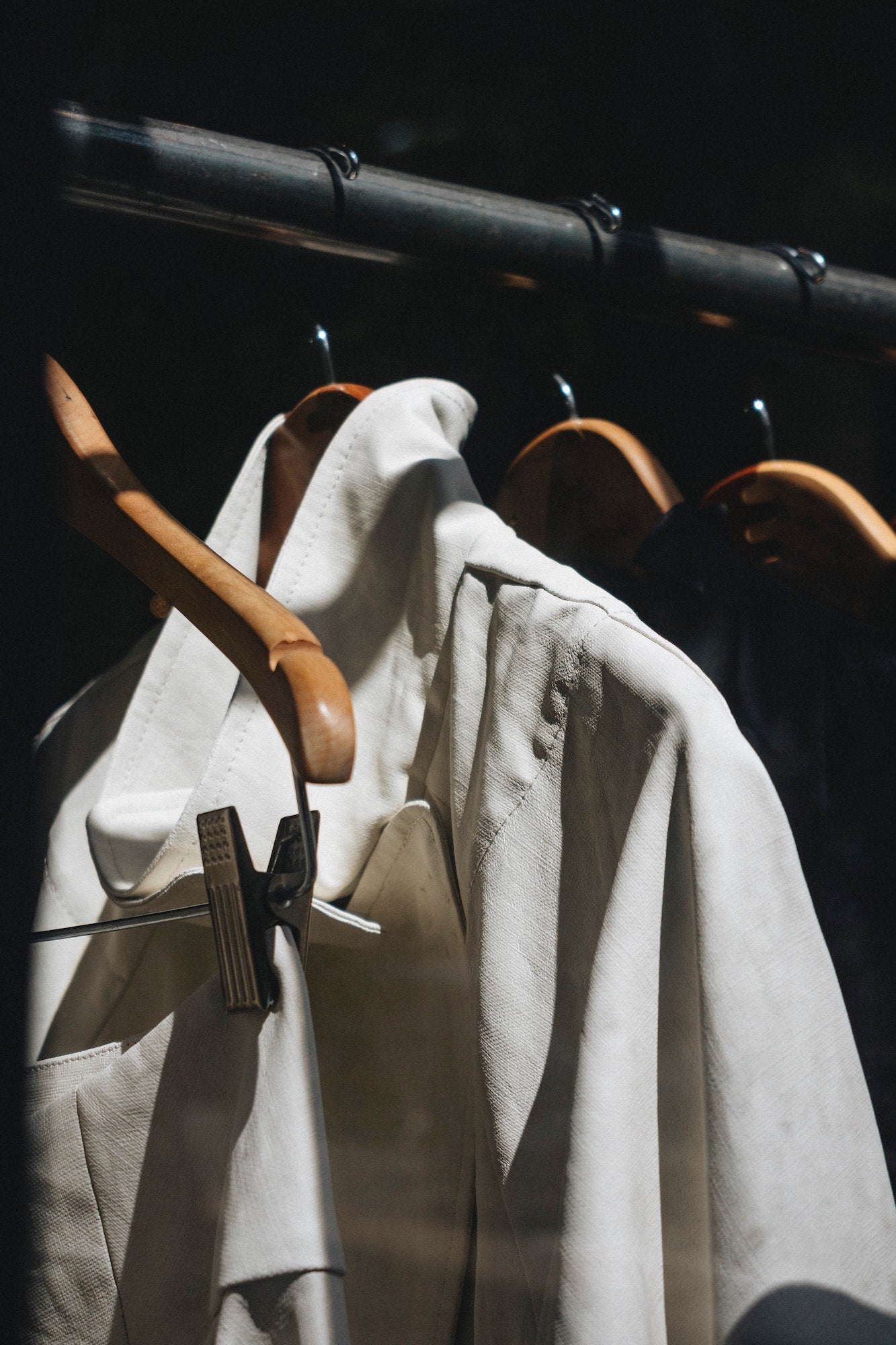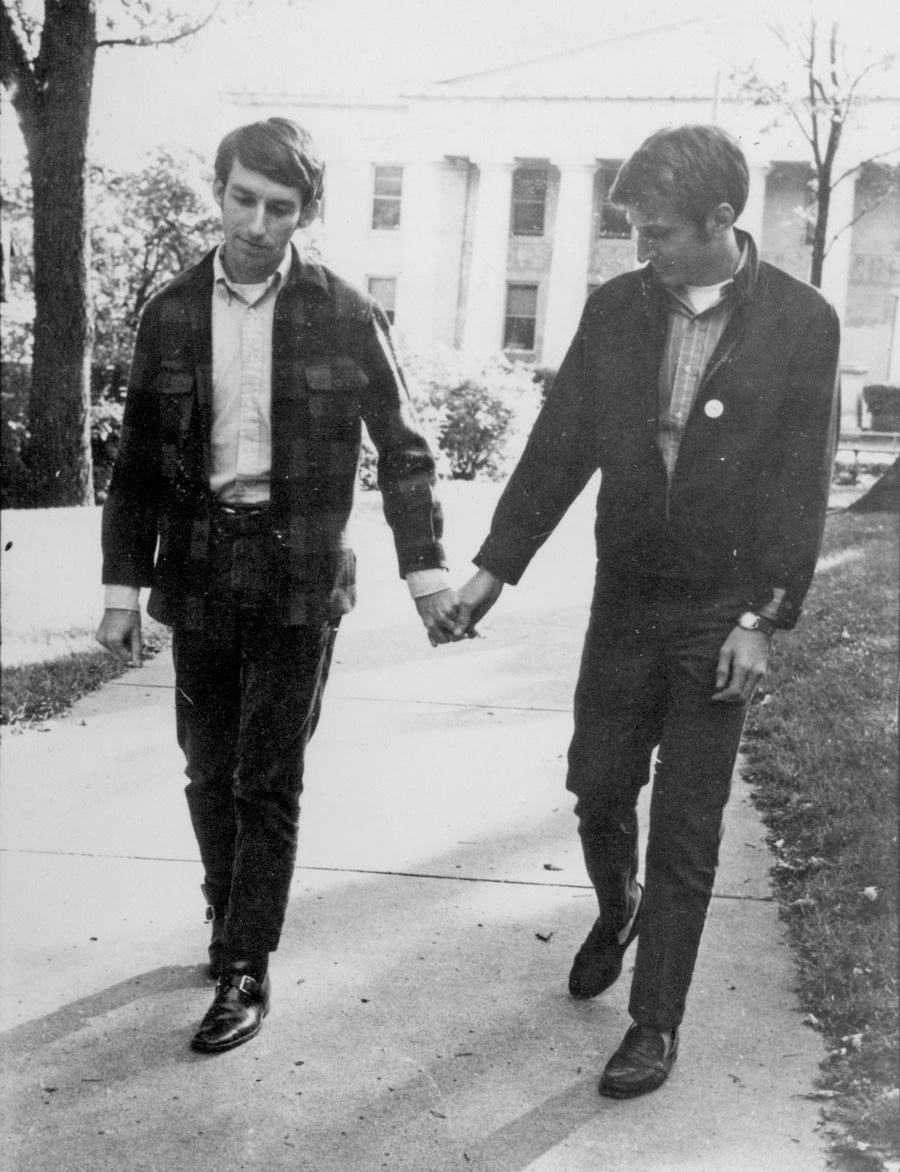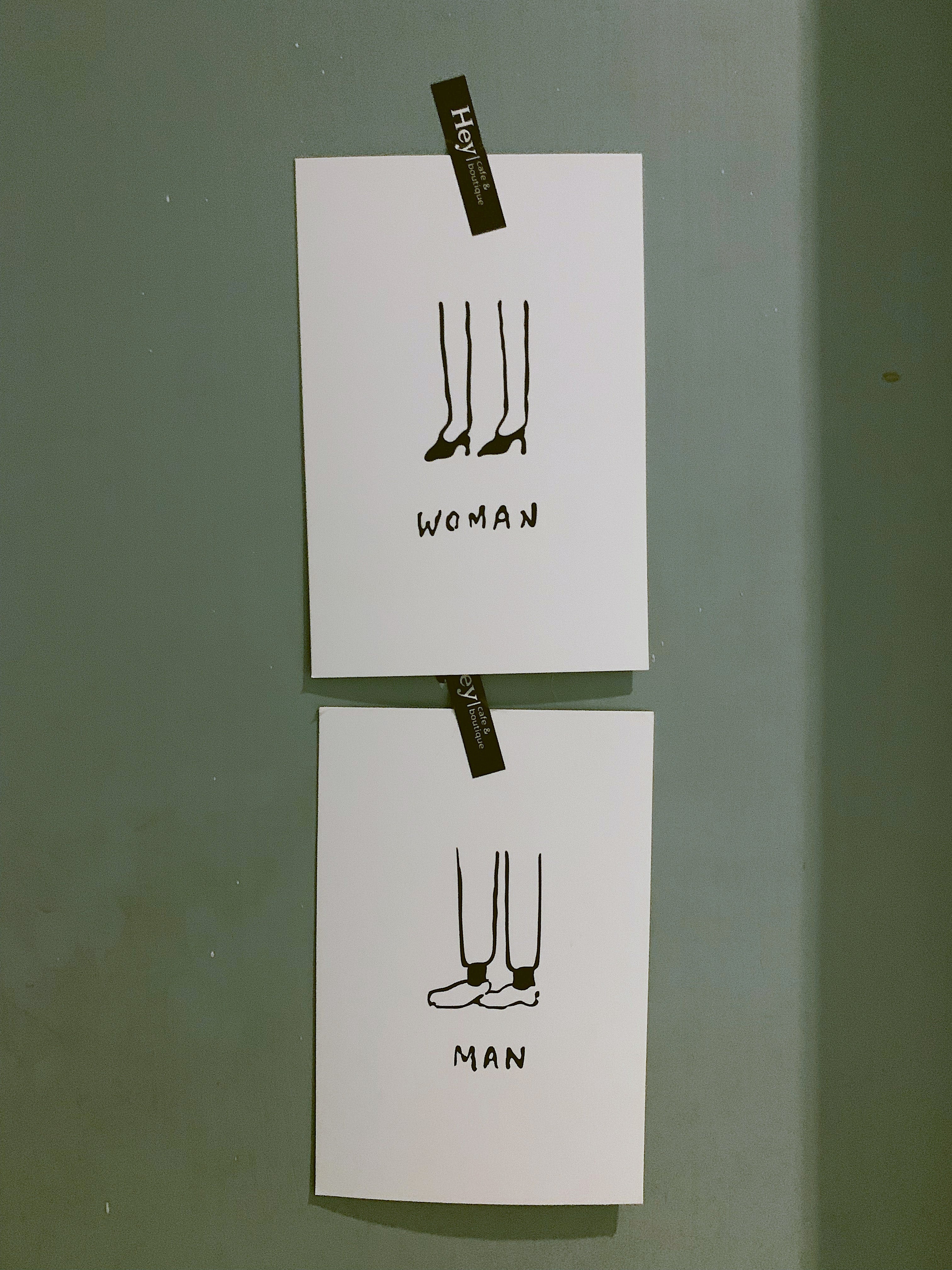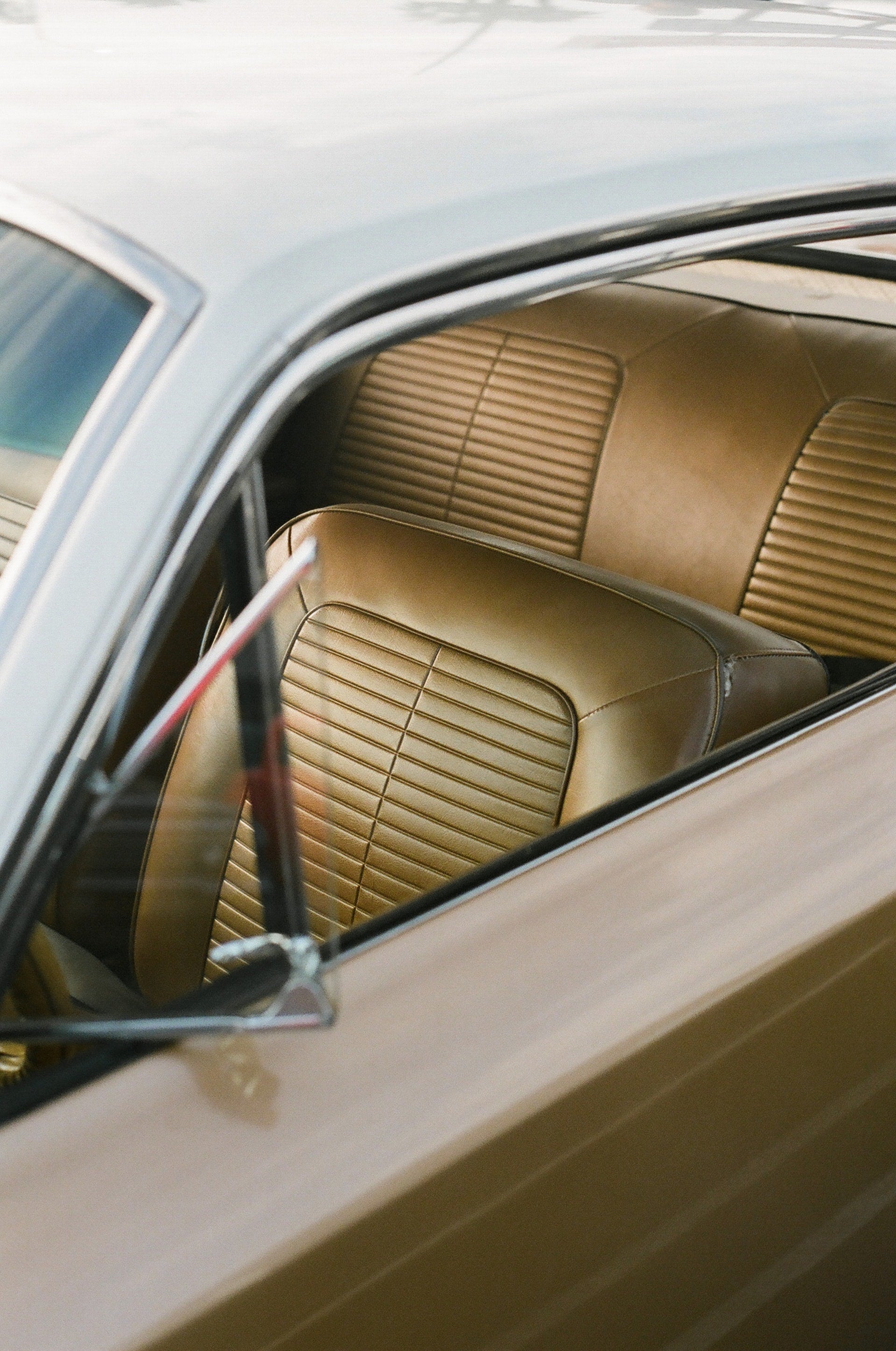a brief history of gay bars.
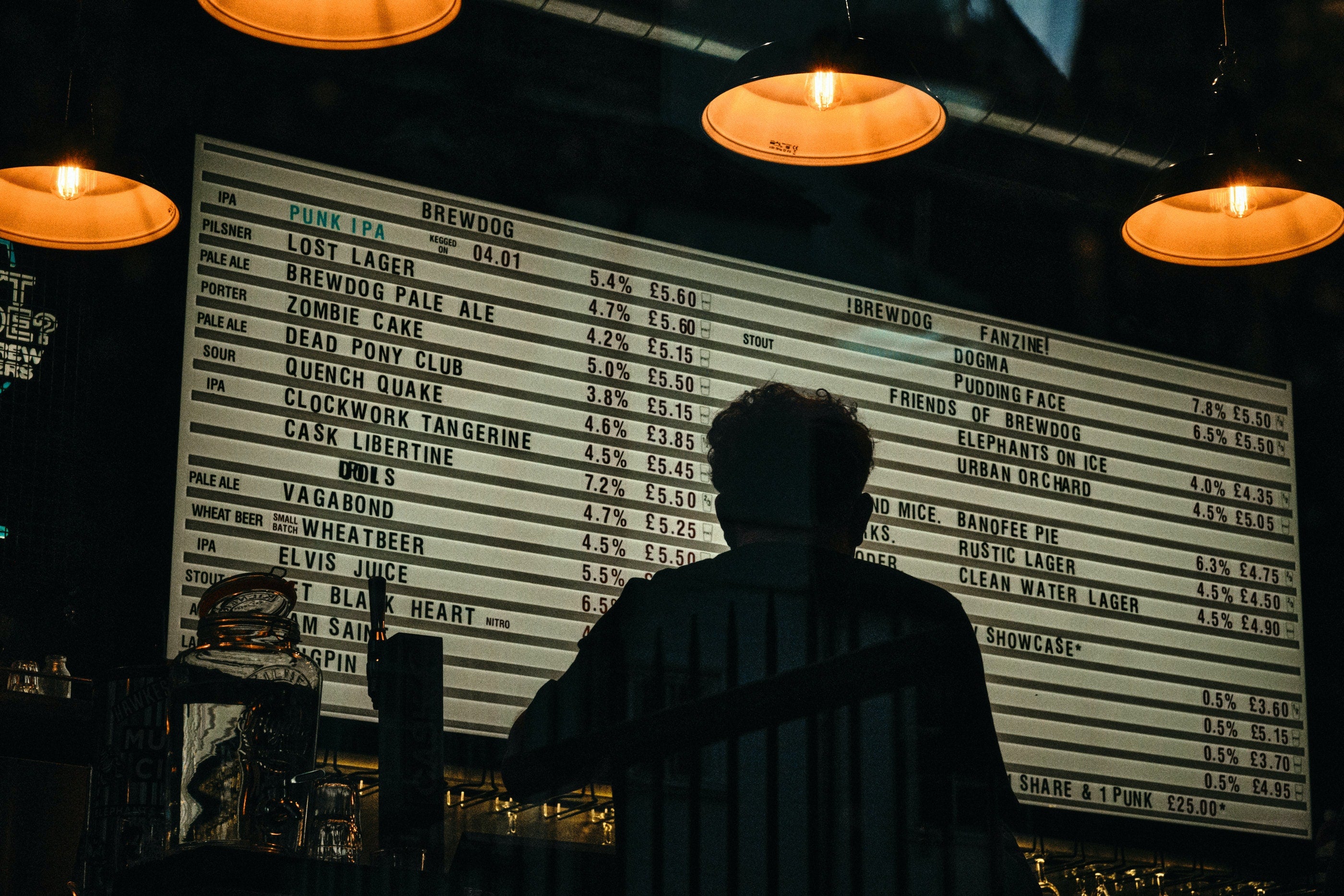
The landscape before, during, and after Stonewall.
In 2021, a gay bar is hardly a niche venue. Quite the opposite: Most folks will tell you that dedicated queer nightlife venues have a notable reputation for particularly raucous and lively environs –– or rather, for being a damn good time. However accurate that superlative may be, though, gay bars have long served a much deeper, weightier purpose: They’re a safe space, a gathering grounds, a venue for community organizing. And over the last century, it would be difficult to overstate the key role they’ve played in LGBTQ+ liberation.
Let’s rewind to the pre-war 20th century. At the time, gay men and women were being openly persecuted –– and the medical community framed same-sex marriage as a diagnosable malady. As a result, a small constituency of nightlife venues, bars, and theatres cropped up in prewar “bohemian districts” to give refuge to self-identifying gay locals (think: New Orleans’ French Quarter, New York’s Greenwich Village, San Francisco’s Barbary Coast).
Once the war was in full swing, the persecution of homosexual behavior began to diminish (slightly). There were a couple of factors at play, here: the same-sex living conditions fundamental to the military allowed self-identifying gay men a space to congregate in large numbers, women gained more financial independence on the home front, and the release of the Kinsey Report in 1948 detailed homosexuality as entirely normal (and thus, not a disease). Upon returning home, G.I.s began to spearhead whole swaths of underground gay bars and clubs alongside their newfound communities.
At this time, due to the Kinsey Reports, several gay rights organizations began to emerge –– and naturally, conservatives panicked. And thus came “The Lavender Scare” –– Senator Joseph McCarthy’s obscene anti-gay “witch-hunt,” which pressed the larger American population to associate being gay with “deviance” or “anti-American behavior.” So naturally, at this time, gay bars were not just important but essential. Safe spaces were critical for members of the gay community –– and folks were mobilizing to make nightlife venues gathering spaces for queer-identifying Americans stationed all over the country.
That said, In the ‘50s and the ‘60s when the existence of gay bars skyrocketed, things were hardly easy. Most of these establishments were relegated to run-down parts of town with quiet, austere facades to keep the police off of their trails. Of course, those efforts could only go so far –– and there were regular police raids in such establishments, most of which were glaringly, brutally violent, and resulted in countless innocent arrests. Naturally, it should come as no shock that many of these bars couldn’t afford to keep their doors open longer than a few months, due to structural damage and exorbitant police fines.
Fortunately, as time went on and mobility around the cause of gay rights increased –– especially in the wake of the Civil Rights Movement –– folks began to use gay bars as organizing spaces to rally for the cause. And in a strange twist, Mafia families on the East Coast saw a rare opportunity to monetize here: They could pay off the police and keep them at bay while earning big bucks from the gay community for up-charged drinks served in guaranteed cop-free venues (one of which was no other than the Stonewall Inn).
By this stage, large-scale protests and movements were taking place, and business owners were building coalitions in cities like Los Angeles, San Francisco, and New York –– which brings us to the Stonewall Riots on June 28, 1969. When the bar was violently raided by police around 1 in the morning, patrons fought back with such force that Tactical Patrol Force was called in. These riots continued for days –– and they were widely publicized –– further spawning similar riots and marches across the country.
Afterward, as the quantity of LGBTQ+ business owners continues to increase, and police raids were outlawed, more and more gay bars began to open their doors. But the landscape was shifting –– and in turn, so were the establishments, themselves. They were no longer in back alleys or marked by dark windows. They were public, freestanding, and readily available.
Of course, things are still shifting. The emergence of platforms like dating apps makes it far simpler to connect with other members of the gay community, without requiring a dedicated, physical space. And with the emergence of more gay bars comes a broader market –– which some folks are calling the gentrification of gay bars.
All the same, it is undoubtedly true that the powerful, long-standing history of the gay bar is crucial to LGBTQ+ liberation as we know it.
